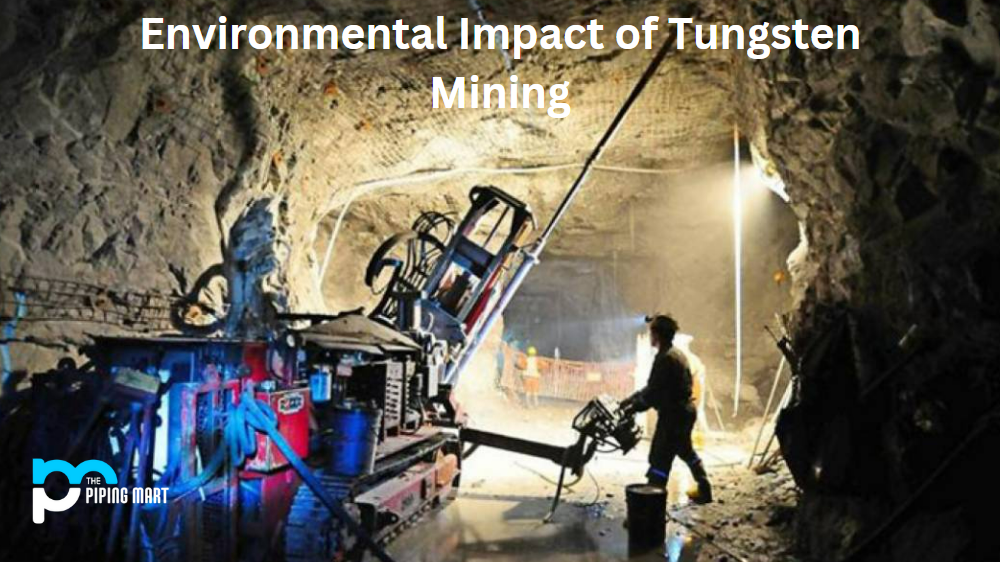Mining has always been one of the significant drivers of industrialization, providing critical raw materials to various industries. Tungsten, in particular, is an essential metal with multiple applications, including in producing filaments, carbides, and alloys. However, as with all extractive industries, tungsten mining has significant environmental impacts that must be prioritized and addressed. In this blog post, we’ll explore the ecological implications of tungsten mining and discuss what can be done to minimize its effects.
Water Pollution
Tungsten mining often involves using chemicals such as cyanides, acids, and solvents to extract the metal from the rock. These chemicals can leak into nearby rivers and other water sources, contaminating them and putting wildlife at risk. The acid mine drainage released during tungsten processing can cause pH levels of nearby water sources to drop, becoming more acidic and potentially toxic.
Soil Degradation
Mining tungsten often involves excavation of the topsoil layer, thereby contributing to soil erosion and degradation. Due to the direct contact of mining surfaces with the atmosphere, mining activities disrupt the ecological balance, leading to soil compaction and nutrient depletion. The removal of plant cover during tungsten mining activities leads to soil erosion, which can affect agricultural productivity, as well as the health of the surrounding forest.
Air Pollution
Tungsten powder production and other related industrial metal processes utilize kiln and furnace operations, which require coal, gas, or oil. Combusting these fuels results in air pollution, emitting dangerous gases and delicate particulate matter into the atmosphere. These substances contribute to respiratory and other health issues and can negatively impact biodiversity in surrounding areas.
Biodiversity Loss
Mining activities affect biodiversity by directly removing plant cover and habitat fragmentation caused by road construction and the expansion of mines. The chemicals used in mining operations can contaminate soil and water, leading to the degradation of habitats for terrestrial and aquatic wildlife. The alteration of habitat quality and destruction of fauna and flora significantly impacts tungsten mining.
Occupational Health and Safety
The occupational health and safety of people working in tungsten mines are at risk from accidents and exposure to harmful substances. Mine sites are dangerous working environments which require stringent safety measures to be in place to prevent injuries and fatalities. Furthermore, exposure to heavy metals such as tungsten can cause health complications such as respiratory issues, cancer, infertility, and development disorders in workers and nearby communities.
Conclusion:
The impact of tungsten mining on the environment is significant and far-reaching. It’s essential to minimize these impacts, including using safer alternatives to chemicals, adopting environmentally-friendly management practices, and reclamation of mining areas. Ultimately, efforts must be made to ensure that the benefits of tungsten mining outweigh its environmental costs. This can only happen by implementing responsible and sustainable mining practices and policies. It’s the responsibility of all stakeholders to ensure that the benefits of tungsten mining contribute to socio-economic development while considering environmental preservation.
Sakshee is a talented blogger, with a particular focus on the Business and Metal Industry. She is passionate about sharing her insights on various metal products and helping professionals to make a better decisions.




